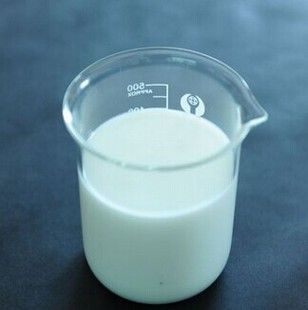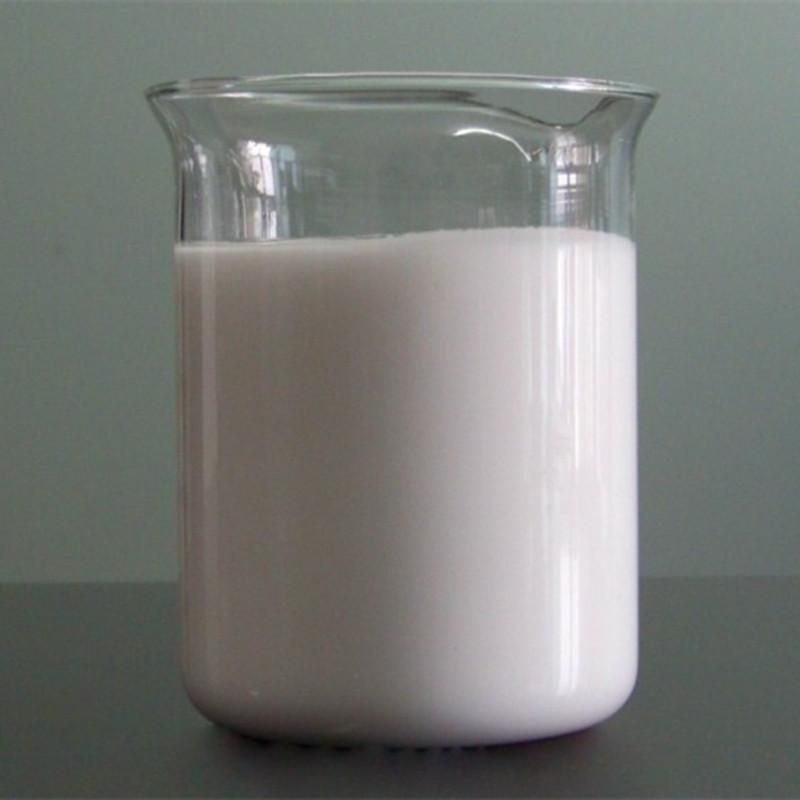Post Date: 17,JAN,2022
Silicone defoamer is a white viscous emulsion. It has been used in various industrial fields since the 1960s, but large-scale and comprehensive rapid development began in the 1980s. As an organosilicon defoamer, its application fields are also very wide, attracting more and more attention from all walks of life. In the chemical, paper, coating, food, textile, pharmaceutical and other industrial sectors, silicone defoamer is an indispensable additive in the production process. It can not only remove foam on the liquid surface of the process medium in the production process, thereby improving filtration, The separation, gasification, and liquid drainage effects of washing, extraction, distillation, evaporation, dehydration, drying and other technological processes ensure the capacity of various material storage and processing containers.

Advantages of silicone defoamers:
1. Wide range of applications: due to the special chemical structure of silicone oil, it is neither compatible with water or substances containing polar groups, nor with hydrocarbons or organic substances containing hydrocarbon groups. Due to the insolubility of silicone oil to various substances, it has a wide range of applications. It can be used for defoaming in water systems as well as in oil systems.
2. Low surface tension: The surface capacity of silicone oil is generally 20-21 dyne/cm, which is smaller than that of water (72 dyne/cm) and general foaming liquids, and has good defoaming performance.
3. Good thermal stability: Taking the commonly used simethicone as an example, it can withstand 150°C for a long time and 300°C for a short time, and its Si-O bond will not decompose. This ensures that the silicone defoamer can be used in a wide temperature range.
4. Good chemical stability: Since the Si-O bond is relatively stable, the chemical stability of silicone oil is very high, and it is difficult to chemically react with other substances. Therefore, as long as the formulation is reasonable, silicone defoamers are allowed to be used in systems containing acids, alkalis, and salts.
5. Physiologically inert: Silicone oil has been proven to be non-toxic to humans and animals, and its half-lethal dose is greater than 34 g/kg. Therefore, silicone defoamers (with suitable non-toxic emulsifiers, etc.) can be safely used in food, medical, pharmaceutical and cosmetic industries.
6. Strong defoaming power: Silicone defoamer can not only effectively break the foam that has been generated, but also can significantly inhibit the foam and prevent the formation of foam. Its usage is very small, as long as adding one part per million (1ppm) of the weight of the foaming medium, it can produce defoaming effect. Its commonly used range is 1 to 100 ppm. Not only is the cost low, but also does not pollute the defoamed substance.
Disadvantages of silicone defoamers:
a. Polysiloxane is difficult to disperse: Polysiloxane is difficult to dissolve in water, which hinders its dispersion in the water system. A dispersing agent must be added. If the dispersing agent is added, the emulsion will be stable and the defoaming effect will change. Poor, it is necessary to use less emulsifier to make the defoaming effect good and the emulsion stable.
b. Silicone is oil-soluble, which reduces its defoaming effect in the oil system.
c. Long-term high temperature resistance and poor alkali resistance.

Post time: Jan-18-2022

